He has concluded that the virus originated in bats, which often carry other viruses closely related to the CCP (Chinese Communist Party) virus, commonly known as the novel coronavirus.
The virus then likely went through an intermediate animal like a pangolin or a cat where it can replicate.
“We know that other viruses like MERS and SARS, back in 2003, also came from bats. Now these bats don’t respect borders of course, so they are present not just in China but in other parts on South East Asia and indeed elsewhere around the world,” he said.
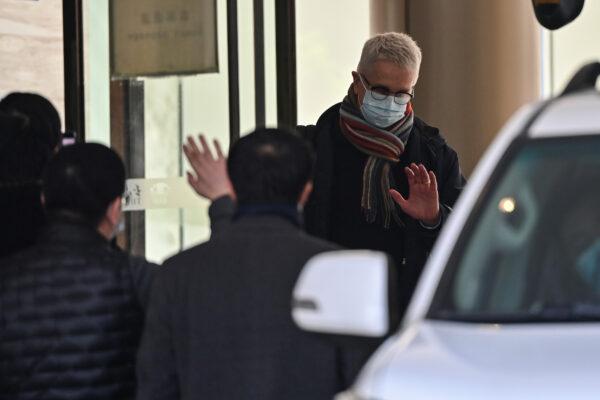
He thinks the virus got into humans and was in circulation for weeks before the outbreak at the Huanan Seafood Market in Wuhan, which he described as an “amplifying event.”
On the ground, the team of scientists put aside their national differences and worked together well, but Dwyer said there were “firm” and “heated” exchanges with the Chinese team.
“One of the core differences [of opinion] was trying to get agreement on what was happening just prior to the outbreak in the market in Wuhan,” Dwyer said.
He said the Chinese were “very keen” on the idea that the virus was introduced to the Wuhan wet market at the time of the outbreak, but genetic analysis of the viruses provided evidence that it was likely circulating “from mid-November, early-December.”
After the investigation, Dwyer concluded that “there must have been many many more cases in December than were identified.”
He noted that the focus on the politics of the investigation, and not the science surprised him.
“I think the Chinese have a different emphasis on what might be important and what they would like to say, and there’s some political point of views,” he said.
Much like with SARS, Dwyer thinks it will take well over a year to determine what really happened. “I would expect it’s going to be similar here. But there’s clearly a lot of work that needs to be done, not just in China, to be honest, but in the region and indeed around the world,” he said.
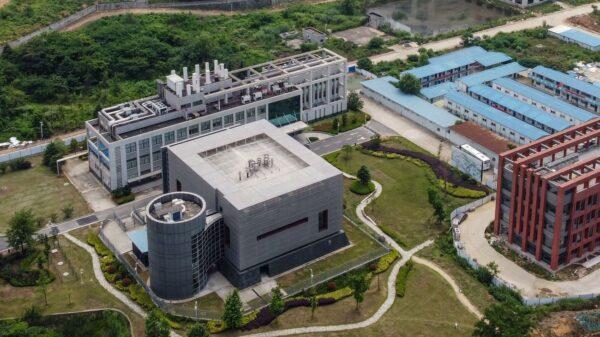
Part of the WHO team’s work includes making recommendations for further studies.
One avenue that won’t be recommended for further study is the lab origin theory, which was ruled out on Tuesday by Peter Ben Embarek, the Danish scientist leading the WHO team.
“I think the jury’s still out. I think clearly the Chinese, at least heretofore, have not offered the requisite transparency that we need,” Price said.
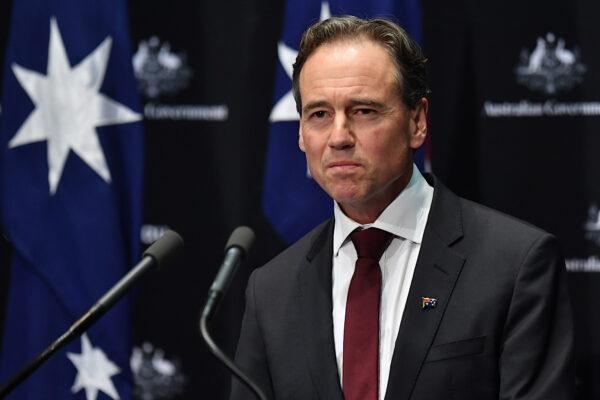
Meanwhile, on Wednesday, Australian Health Minister Greg Hunt said it was never Australia’s view that the virus emerged from a lab. He also noted he was not surprised that the investigation didn’t uncover anything new.
“We have to learn all of the elements and all of the lessons of this virus, its origins, we work on the containment lessons from around the world, and people look at us, the capacity, how we build our hospital system to avoid what we’ve seen in other countries, and then the vaccines,” he said.
Hunt said Australia wouldn’t be afraid to ask the difficult questions once the report is released. “And that’s what we should do as a country because, ultimately, that’s what’s going to save lives and protect lives,” he said.
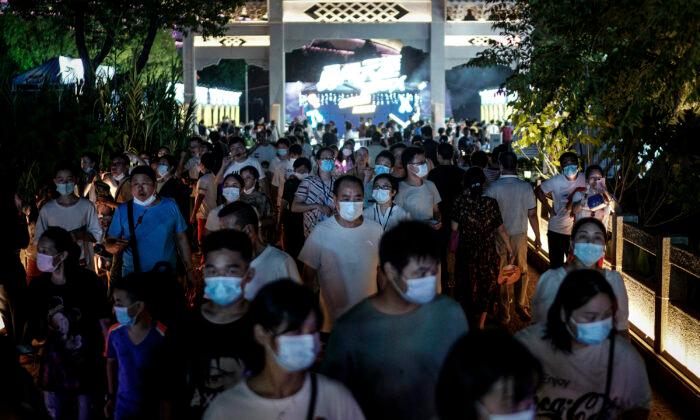

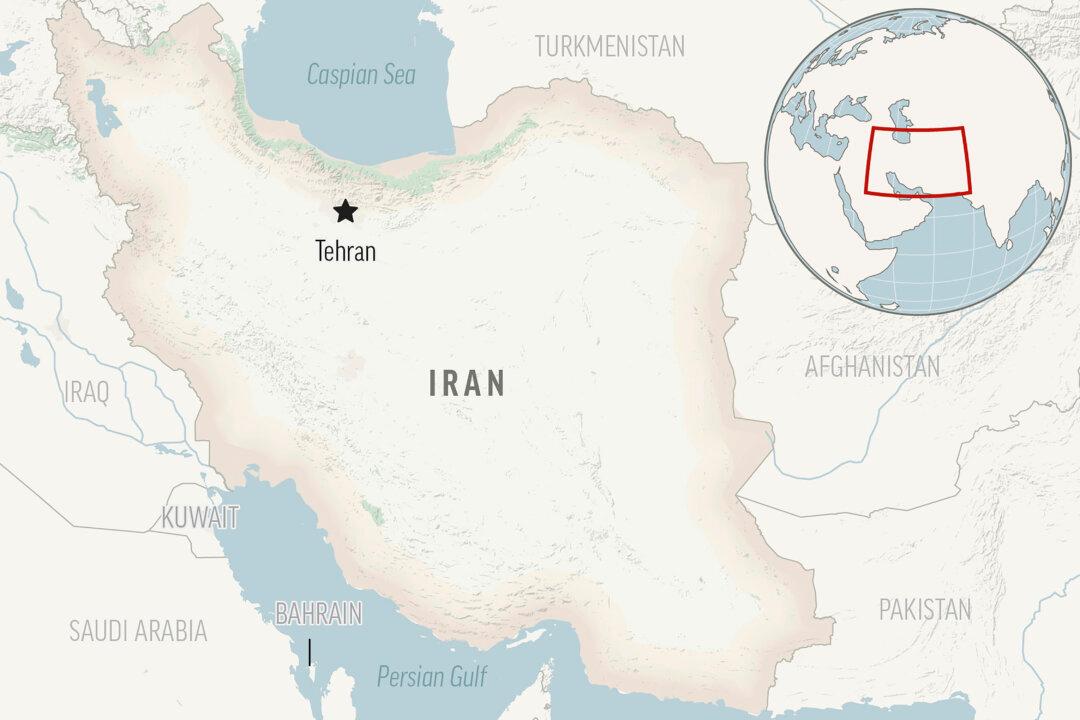
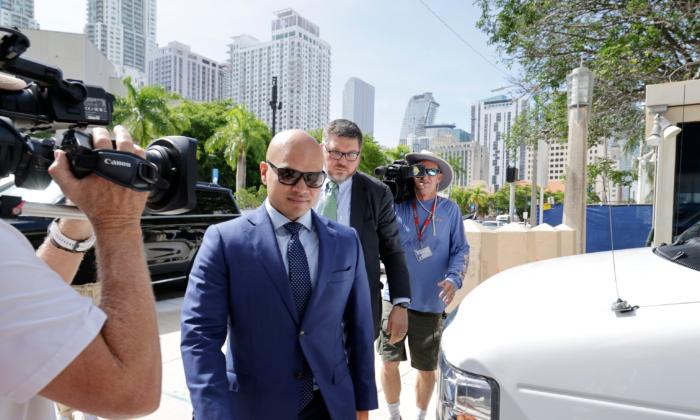
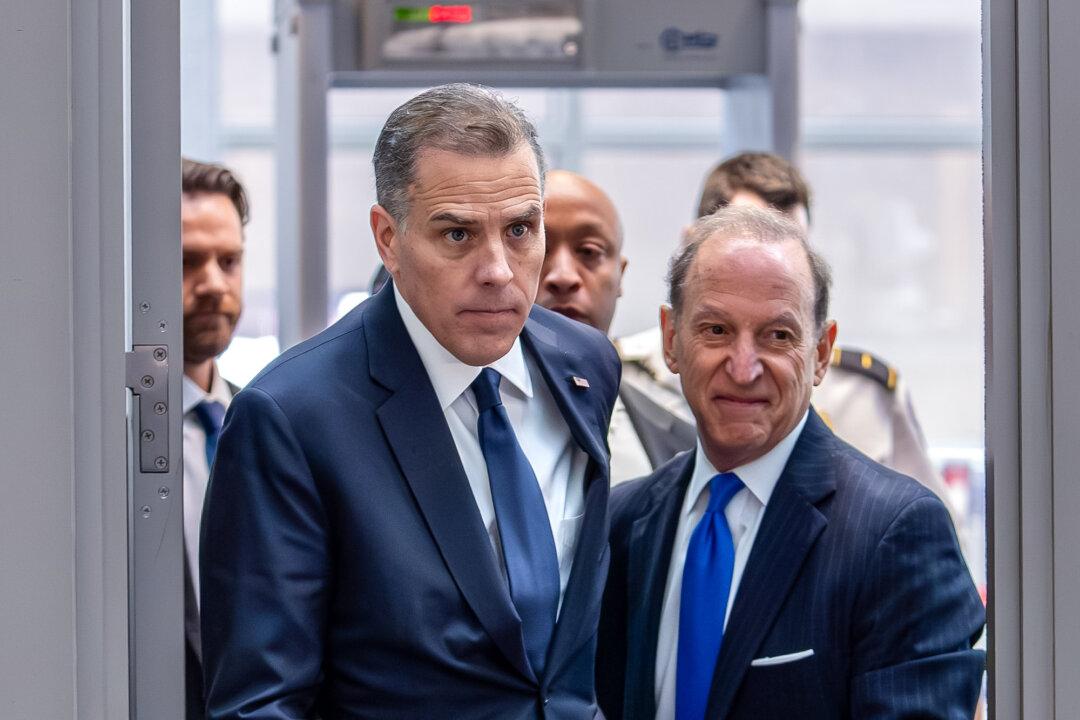

Friends Read Free